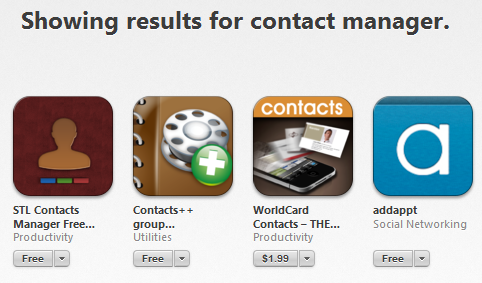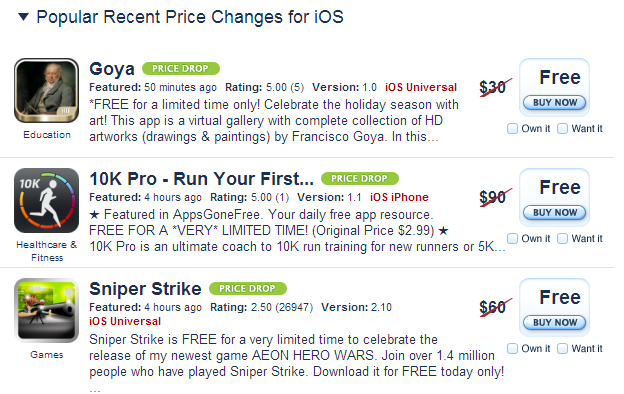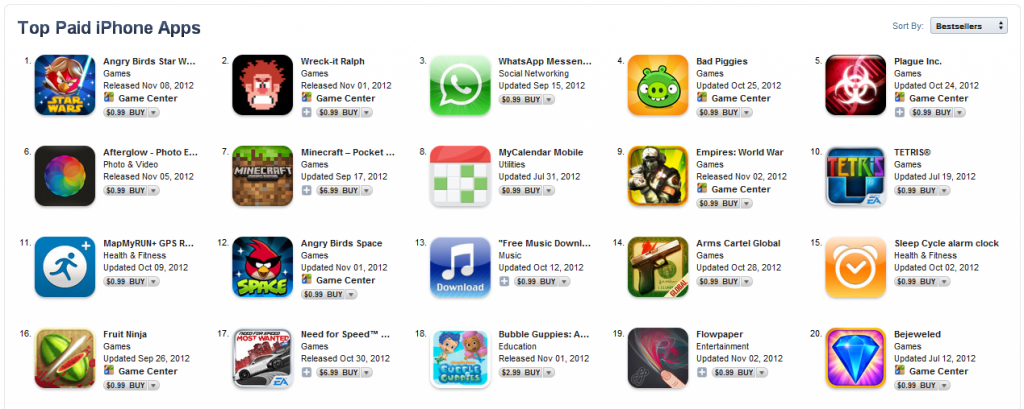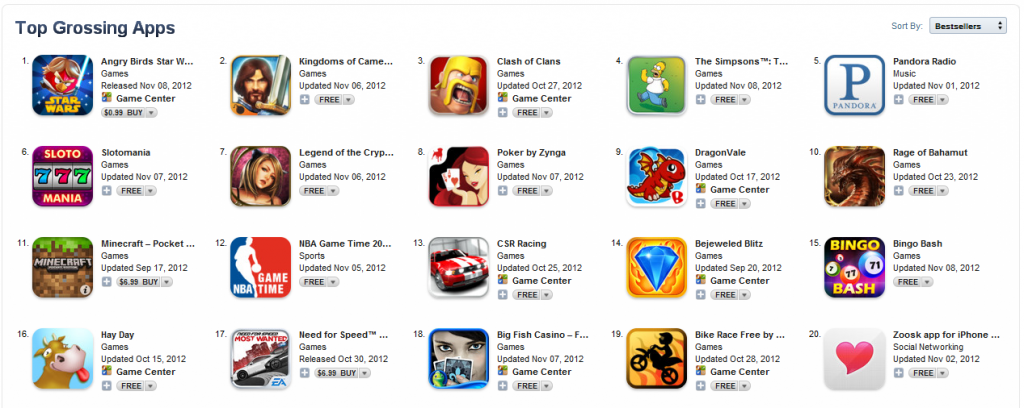 You have done your market research and found the demand. You have now created a product to solve this demand. So what should you price it at?
You have done your market research and found the demand. You have now created a product to solve this demand. So what should you price it at?
With traditional products, you figured out your costs to make the product, then added a sufficient markup to come up with a price.
You could also factor in supply and demand. If your supplies were lower than the demand, you could charge more for your product, and vice versa.
With digital products, such as an ebook, access to a website or a software download, cost isn’t an issue. Neither is supply. So what other factors can you consider?
Competition:
You could take a look at what the competition is offering, and at what price they are selling it for. If your product has less features, then sell it for less. If your product has more features, then sell it for more.
Obviously there is more to it than that. The competition’s price may have brand recognition included in the price. So competing products without the same recognition have to price themselves lower, with the same features in order to compete.
There is a tablet war going on right now, with several companies selling their own tablets to compete with Apple’s iPad. The initial batch of competing tablets had more features, and so were priced higher than the iPad. Sales were disappointing, and they have since had to lower their prices to undercut the iPad, just to compete.
Customer Type:
Another angle to consider is what type of person you are trying to attract as your customer. If you are competitive on price, then what types of customers will that attract? I have experimented with pricing with my apps on the app store and have noticed that different prices attract different types of customers.
- Free: The majority of customers on any of the mobile platforms have never purchased an app. There is a huge selection of apps in the free category, so there is no need for this group to ever need to purchase an app with a price tag. If you’re targeting this group, then you should have a good freemium strategy, or find other ways to benefit from them.
- $0.99: This group loves bargains. They look for apps that are on sale, and rarely purchase apps at full price.
- $0.99-$4.99: This group will purchase apps that solve their need for the right price.
- $5+: This group will purchase apps that solve their need, regardless of price.
- Would you prefer to have 100 customers purchase your product at $1 each, or would you prefer 20 customers purchase your product at $5? 20 customers may require less support and maintenance than the 100 customers. Then again those 100 customers might recommend your product to more people. Which is more important to you? Price accordingly.
Value:
At the end of the day, your product is worth what customers are willing to pay for it. So your goal should be to show the value in it. Things you could do to show value include:
- Free trial. Get your customer using your product, so that when the trial ends, they can’t live without it. This strategy works especially well with products where a user has accumulated data, that they don’t want to lose when the trial ends. Customers will pay more for products they are familiar with and have satisfactorily used before.
- Feature Chart: Summarize the features your product has, versus competing products. More checkmarks on your side should suggest more value for your product.
- Segmented Products: If you’re targeting different customer types, then you can have separate products for each of them. For example you could have a cheaper product for individuals, a more expensive one for small businesses and the most expensive one for large businesses that can afford it.
- Choice Products: Another approach is to create a very expensive product, whose main purpose is to create value for the main product you want to promote. This works with the segmented approach above. Very few customers may purchase your most expensive product, but having it there creates additional value for the cheaper ones.
- Bulk Price: People shop at Costco to get bulk pricing. How can this apply to your business? If you’re selling subscriptions, you can offer long term subscriptions for a cheaper per month cost.
- Add-ons: You can also break down the price of a product into components that can be purchased separately. This way customers can purchase the exact features they want. I use this strategy in my Contact Manager app. Add-ons are also easier sells since the customer is already sold on your product at that point.
Whatever pricing strategy you end up using, keep it simple for your customer. Your customer already has to make a decision on whether to purchase your product or not. Don’t also give them a decision of what product to buy as well.





 You have done your market research and found the demand. You have now created a product to solve this demand. So what should you price it at?
You have done your market research and found the demand. You have now created a product to solve this demand. So what should you price it at?